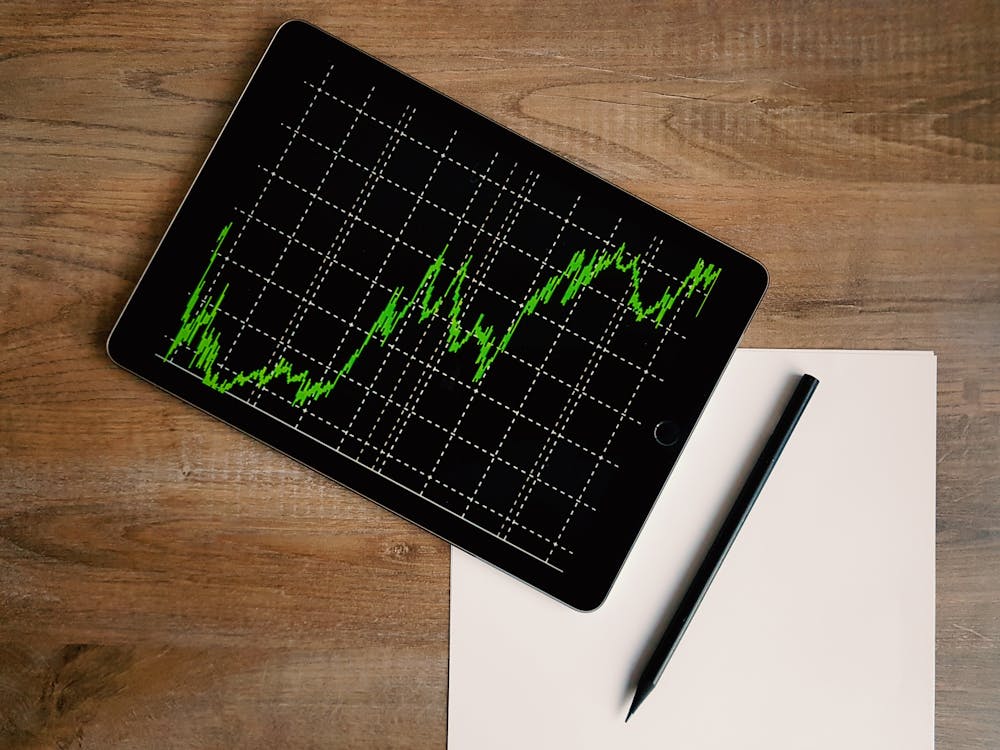What’s Driving Global Stock Markets Higher?
Fiscal stimulus and vaccine efficacy have sent stock markets higher, but what can we expect in the months ahead?
Global financial markets collapsed when the World Health Organization (WHO) declared the COVID-19 pandemic in 2020. Suddenly, there were not enough US dollars to satisfy the appetite of the world’s investors in search of a safe haven.

Image Source: Pexels
Consequently, everything sold for whatever prices investors could get. Traditional portfolio hedges failed, and even gold declined as investors couldn’t get their hands on as many dollars as they wanted.
Then the Fed intervened. It opened US dollar-denominated swap lines with major central banks and literally flooded the system with dollars. The stock market reacted first, especially the tech sector that benefited the most from extended lockdowns and changes in consumer behavior.
Fast forward one year and the global stock markets remain close to their highs. What drives the ongoing bullishness, and what should investors expect in the months ahead?
(Click on image to enlarge)

Source: TradingView.com
Vaccines and Fiscal Stimulus Led to an Improved Outlook
When the stock market declines by more than 20% from the highs, it is said that it enters bearish territory. On the other hand, a bounce of more than 20% from the lows indicates a bullish market. In 2020, we saw both the fastest drop to a bearish market and the fastest recovery to a bullish market in history.
The rise of brokerage houses that offer cheap trading to retail traders has led to increased interest in the stock market. Fractional share investing contributed to the stock market frenzy, too, fueled by fiscal stimulus in the form of direct checks sent to American households.
As a rule of thumb, whenever the US stock market rises, the other markets follow.
The stock markets (such as the Nasdaq) had already reached new all-time highs when vaccines against the virus brought much-needed hope to the world. The stock market acts as a leading economic indicator because of the wealth effect it creates, leading to increased consumer spending. It comes as no surprise, therefore, that the Fed sees the risky assets (i.e., equity markets) as centric to its decisions, especially during economic downturns.
It is difficult to foresee a correction right now. Fiscal stimulus is likely to remain in place for many months ahead. And the economic recovery has barely started.
If vaccines do provide a route out of the pandemic — as suggested by Israel and some other countries — the stock market will have a very hard time correcting. Investors should probably prepare for the path of least resistance: the upside!
Disclaimer: None of the content in this article should be viewed as investment advice or a recommendation to buy or sell. Past performance/statistics may not necessarily reflect future ...
more


